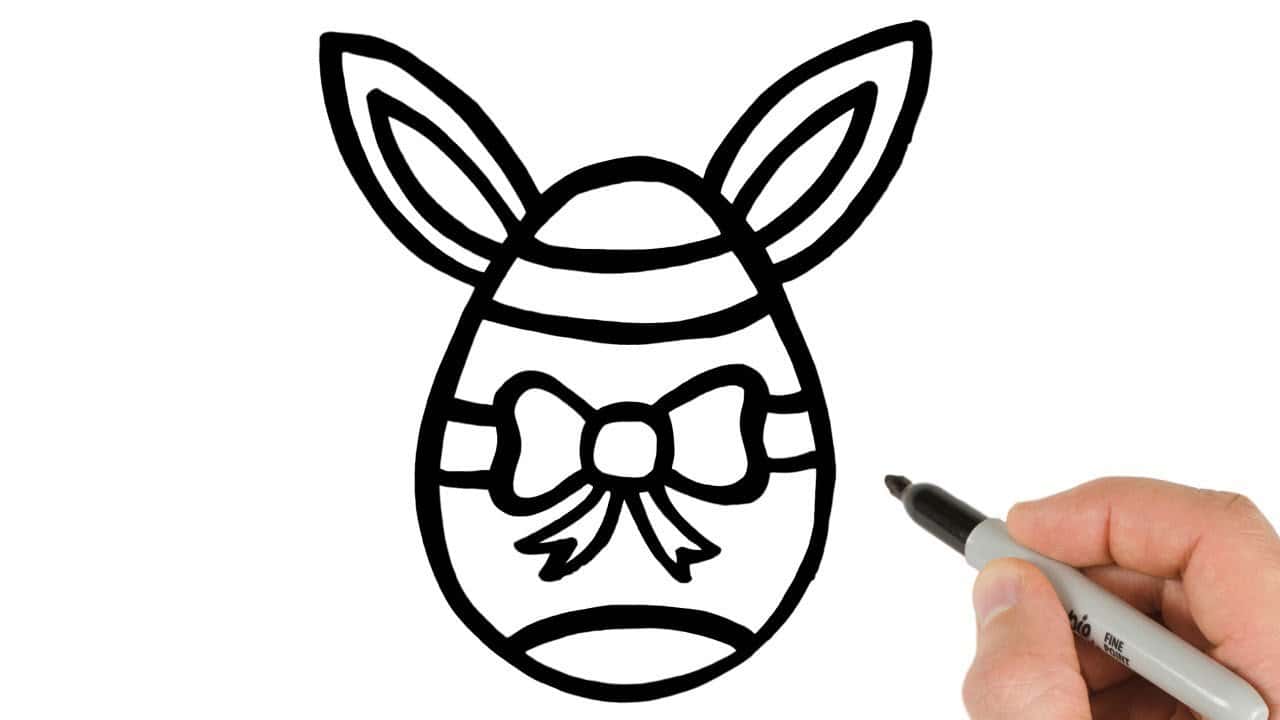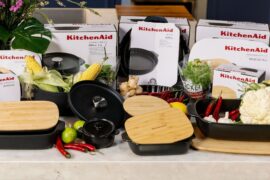? How to Draw an Egg for Easter: A Fun Guide for Parents and Kids ?
Hey there, awesome parents! Are you ready to dive into a world of creativity and pastel colors with your kiddos? Easter is just around the corner, and it’s the perfect time to bond over some family-friendly art activities. Drawing Easter eggs is not only super fun but also a splendid way to develop your children’s fine motor skills and unleash their imagination! So, grab your art supplies, and let’s hatch some arty fun!
?? What You’ll Need to Get Started
- Paper (white or colored, depending on your preference)
- Pencils and erasers for sketching
- Colored pencils, markers, or crayons for coloring
- Optional: Glitter, stickers, or paint for extra pizzazz!
? Step-by-Step Instructions
Before we start, remember that drawing with your little ones is all about the process, not just the end result. Encourage their creativity and don’t worry about making it perfect. With that in mind, let’s hop into action!
Step 1: Sketching Your Egg-cellent Shape
Begin by lightly drawing an oval shape on your paper. This will be the base of your Easter egg. If ovals are tricky, start with drawing a simple circle and then gently stretch it on the top and bottom to create an egg-like shape. It’s okay if it’s not perfectly symmetrical – real eggs aren’t either!
Step 2: Unleashing Creativity with Patterns
Now comes the fun part! Encourage your child to come up with imaginative patterns for their egg. Simple stripes, polka dots, zigzags, or flowers are great for starters. For older kids, challenge them with more intricate designs like paisley, hearts, or even little bunnies and chicks!
Step 3: Adding the Colors of Spring
Time to bring your Easter egg to life with color! Pastel shades like light pink, baby blue, soft yellow, and mint green are traditional for Easter, but feel free to experiment with any color that makes you smile. Remember to color gently with pencils or crayons to create a soft look. If you’re using paint, keep it light and avoid soaking the paper.
? Pro Tips for Perfect Easter Eggs
- Hold for Stability: Help your child hold the paper steady with one hand while drawing or coloring with the other. This helps prevent the paper from sliding and leads to more precise designs.
- Embrace Mistakes: If a line goes askew or the color goes outside the lines, no worries! Show your child how those ‘oops’ moments can turn into unique parts of their artwork.
- Layering Colors: Teach your kids how to create new hues by layering different colors on top of each other. It’s like magic when a new shade appears right before their eyes!
Drawing Easter eggs with your family is a fabulous way to prepare for the holiday, personalize your decorations, and make lasting memories. Plus, once you and your little ones have drawn a basketful of eggs, you can use them to brighten up your home or even as handmade cards to spread Easter cheer to loved ones!
Remember, the most important part of this activity is to have a blast doing it together. Now, let’s crack on with the rest of the drawing adventure and see what marvelous egg designs you’ll come up with!
The Easter season is a basketful of joy, creativity, and togetherness. As you embark on your artistic journey with your family, cherish the smiles, the shared moments, and the delightful masterpieces your little artists create. Why, you might just find that these drawing sessions become your brand new favorite Easter tradition!
Now that we’ve covered the basics of drawing an adorable Easter egg, stay tuned as we’ll soon explore how you and your little chicks can add even more sparkle and creativity to your egg-cellent designs. Get ready to sprinkle your Easter with an extra dose of fun!

? 5 Things Parents Should Know When Preparing to Draw an Egg for Easter
Before you and your little ones put pencil to paper, here are five essential tips to ensure your egg-drawing experience is as enjoyable as possible:
1. Choose the Right Space
Set up a comfortable drawing area that’s well-lit and free of clutter. A kitchen table with a washable surface or a coffee table with spread out newspapers will serve you well. Ensure that it’s a space where your kids feel relaxed and inspired.
2. Gather Materials Ahead of Time
Have all your art supplies ready before you begin. Missing supplies can interrupt the creative flow, so make sure you have everything within reach. Check that pencils are sharp, markers have ink, crayons aren’t broken, and that you have enough paper for do-overs or multiple projects.
3. Dress for a Mess
Art can be messy, especially with little ones. Dress your children (and yourself) in old clothes or aprons suitable for crafting. Remember, it’s all about having fun, not stressing over a little paint or glitter on your clothes.
4. Practice Flexibility and Patience
Children may not draw the egg exactly as imagined or may want to explore their own ideas. It’s important to let go of expectations and support their creative decisions. Patience is key – you’re not just creating artwork, you’re creating memories.
5. Safety First with Younger Artists
For toddlers and young children, ensure that all art materials are non-toxic and age-appropriate. Watch out for small objects like stickers or beads that could be a choking hazard and offer guidance and supervision throughout the activity.
? Let’s Get Cracking on Those Eggs!
With those tips tucked in your creative basket, you’re all set to start this delightful drawing activity. Remember to take photos of your family’s creations – they’re the perfect keepsakes to look back on fondly as your children grow. Also, consider framing your favorite designs to decorate your home every Easter, reminding you of the special bond and the fun you shared during these artistic moments. So, grab those art supplies and let the egg drawing begin!
See more great Things to Do with Kids in New Zealand here. For more information see here
Disclaimer
The articles available via our website provide general information only and we strongly urge readers to exercise caution and conduct their own thorough research and fact-checking. The information presented should not be taken as absolute truth, and, to the maximum extent permitted by law, we will not be held liable for any inaccuracies or errors in the content. It is essential for individuals to independently verify and validate the information before making any decisions or taking any actions based on the articles.




